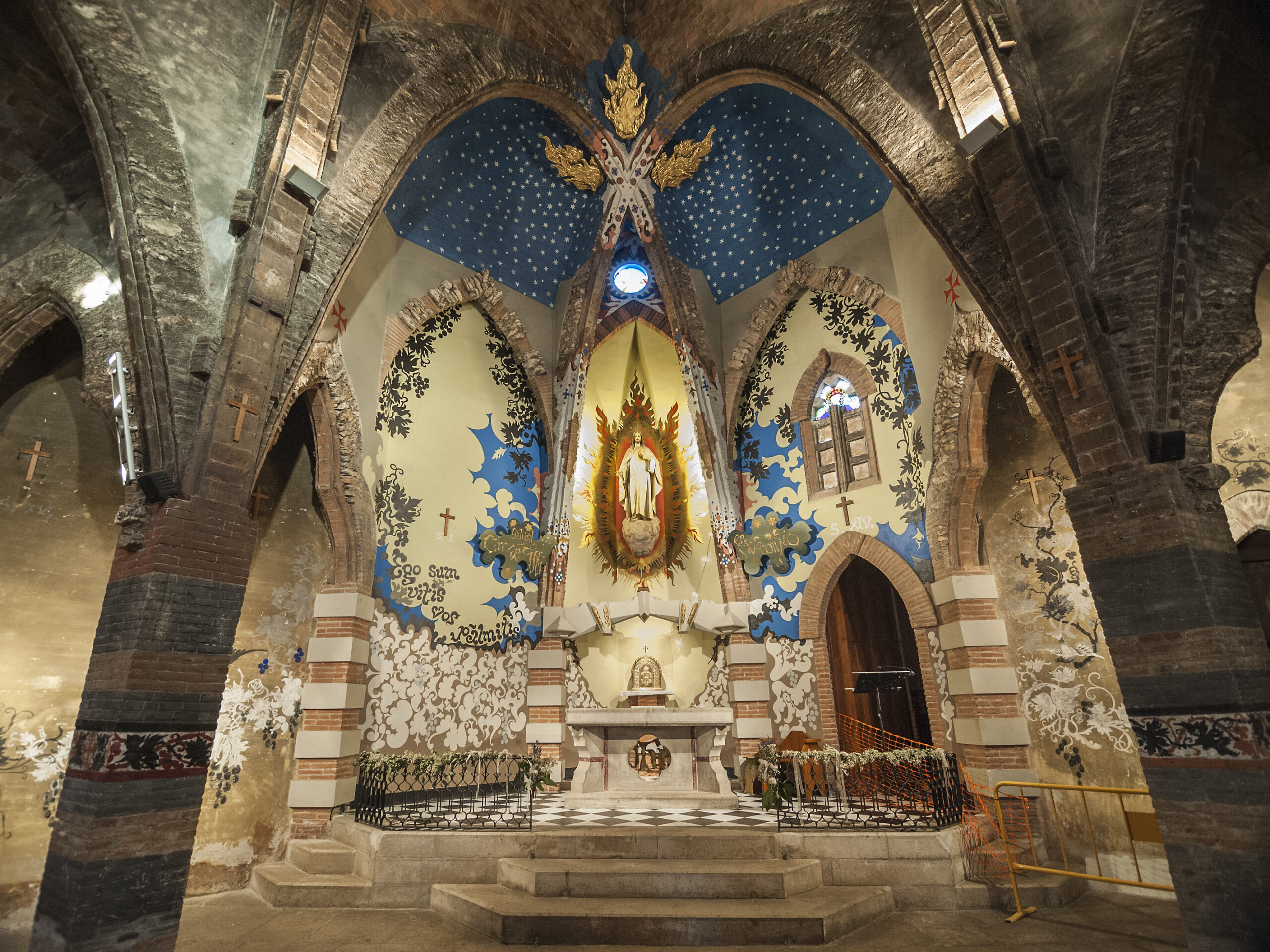

1923-2023
The importance of the Iglesia del Sagrado Corazón de Vistabella in the Modernist style
Innovation in form and geometry: The church departs from the traditional structure of Gothic or Neo-Gothic churches and instead embraces organic, curvilinear forms that defy conventional architectural patterns. The use of sinuous lines and the absence of straight boundaries create a more fluid and dynamic architecture.
VISTABELLA SAGRAT COR CHURCH
Conceived by a genius, built by a village.
Modernist inspiration: Jujol adhered to the Catalan Modernist style, which was a prominent artistic and architectural movement in Catalonia in the early 20th century. His design for the church incorporated characteristic elements of Modernism, such as organic forms, bold use of colors, and intricate ornamentation.
Relationship with nature: Jujol had a strong connection with nature and integrated it into his architectural design. In the Church of Vistabella, he used vegetal elements and floral motifs in the ornamentation, giving it an organic character and a harmonious relationship with the natural surroundings.
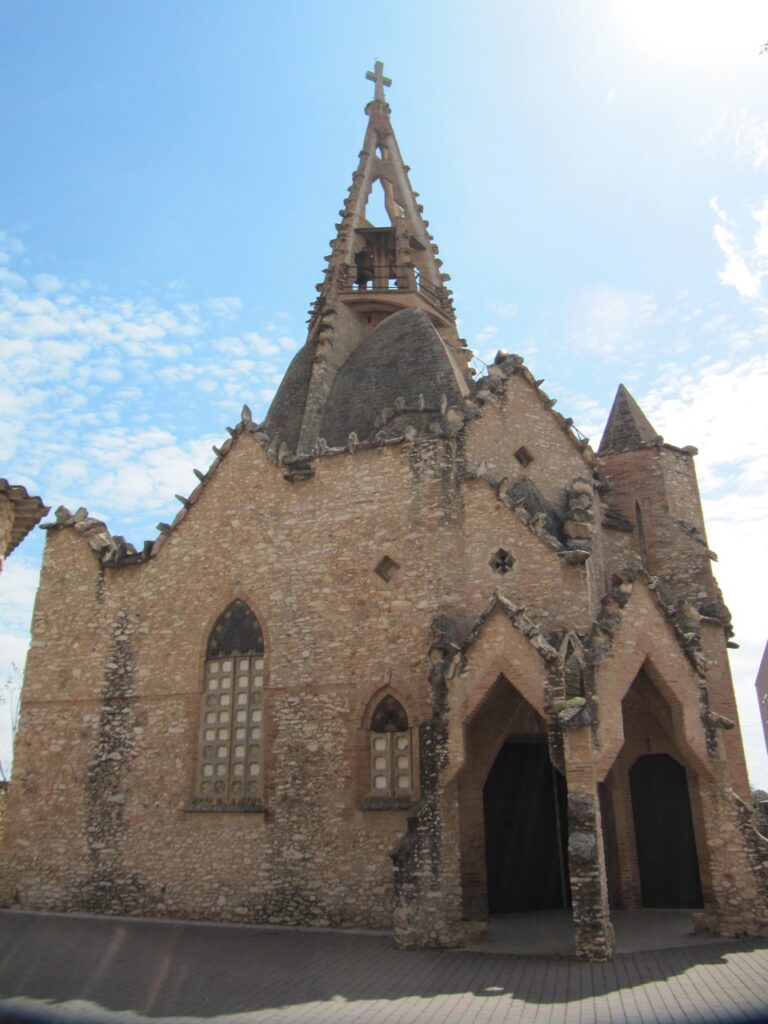
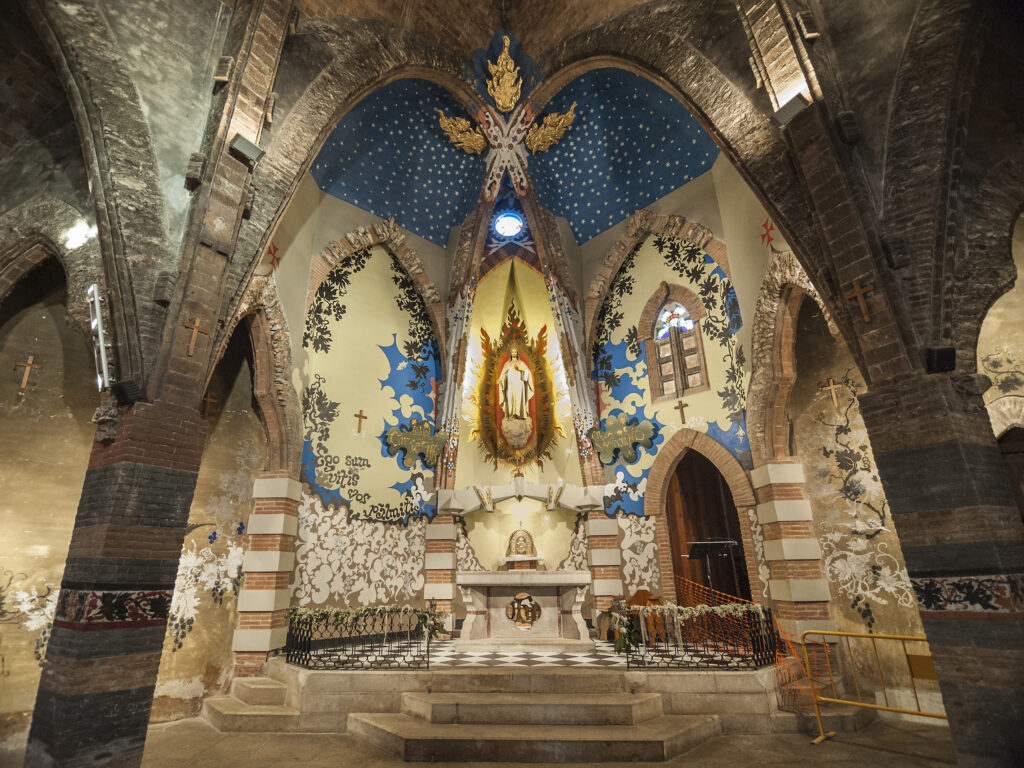
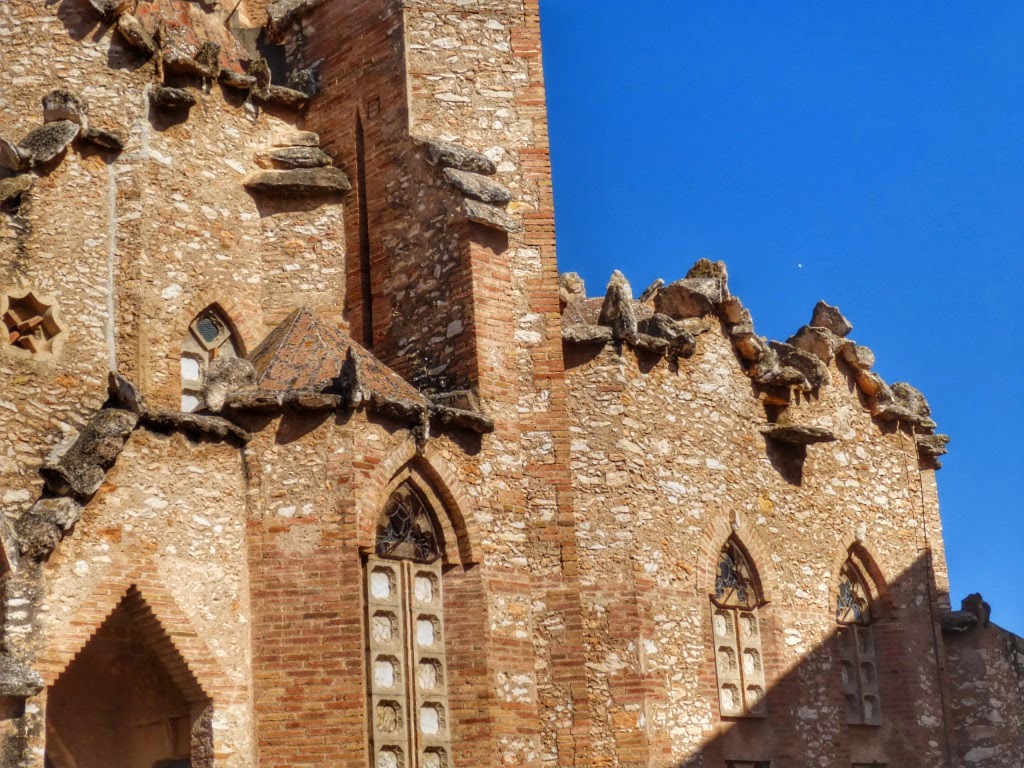
Jujol’s relationship with the Iglesia del Sagrado Corazón de Vistabella was one of profound artistic and spiritual commitment. His design and construction of the church reflect his unique architectural vision, his capacity for innovation, and his deep respect for nature and spirituality. The work represents an important part of Jujol’s legacy in the field of architecture and his contribution to the Catalan Modernist movement.

vistabella

CATALAN
MODERnism
CATALAN
MODERNISM
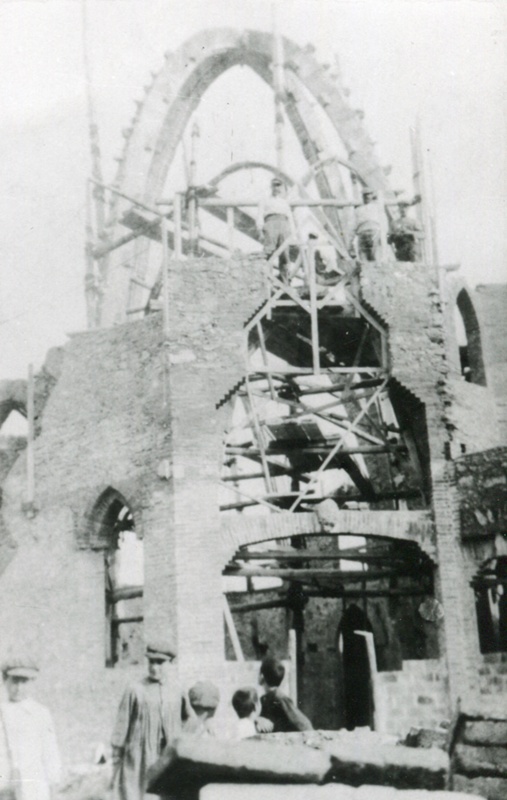
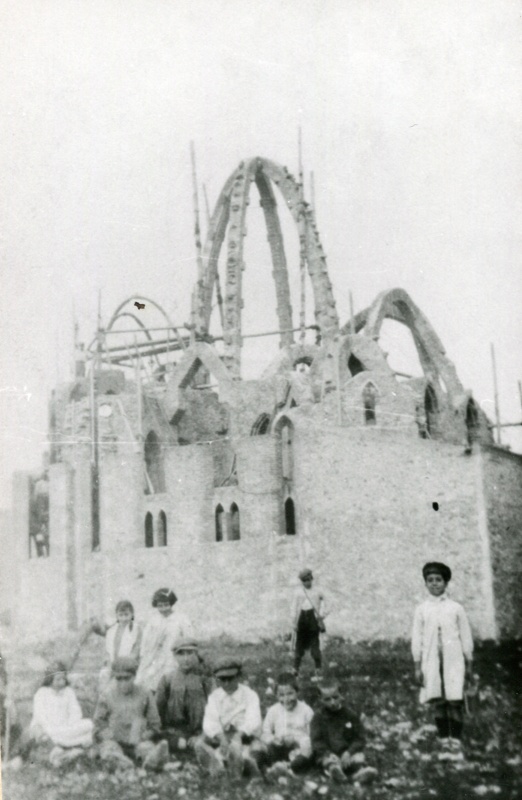
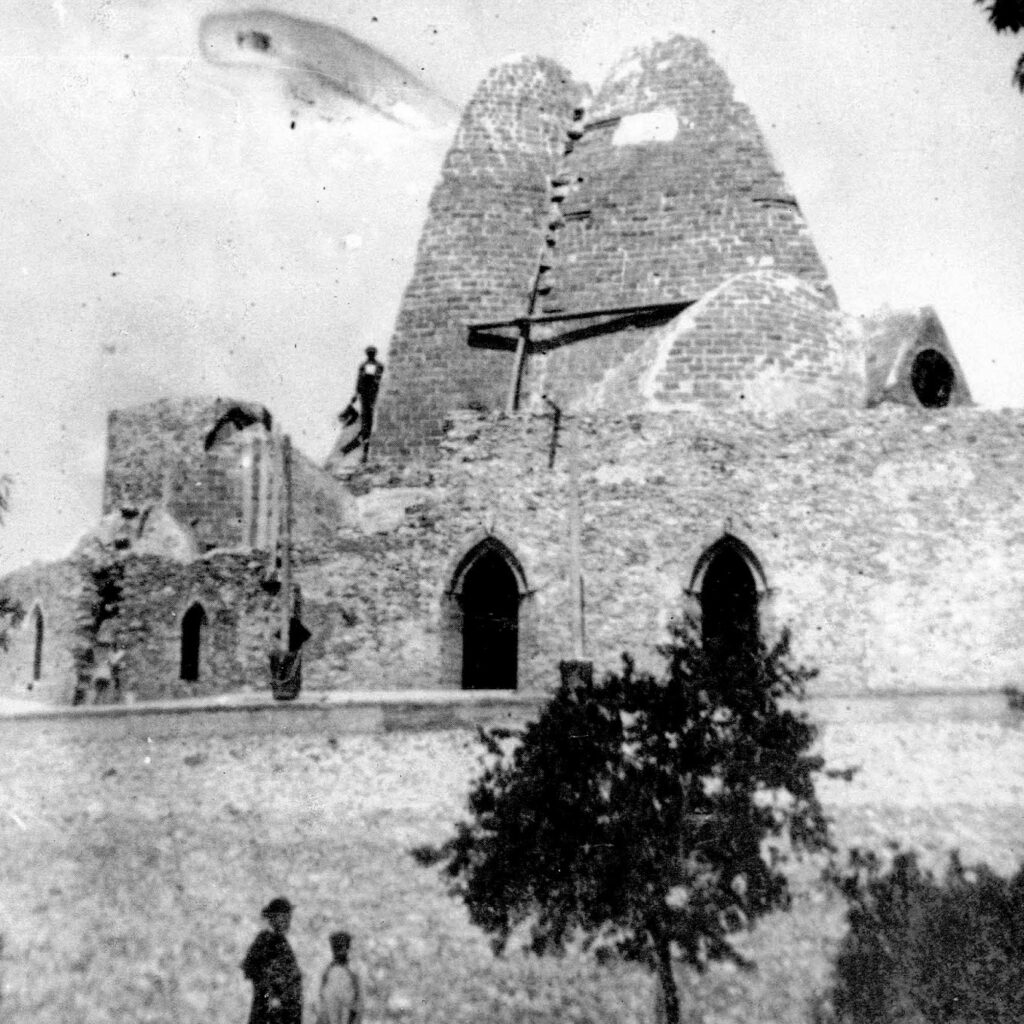
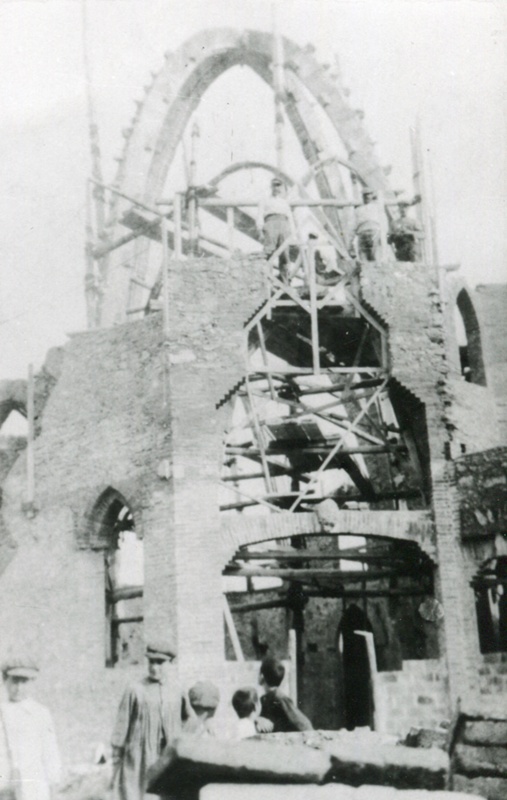
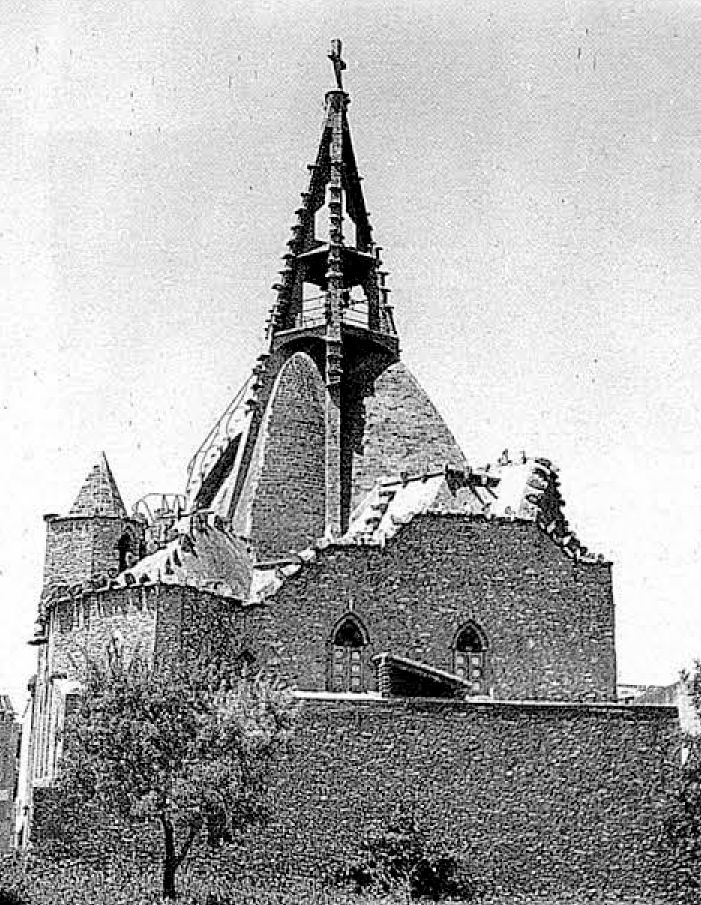
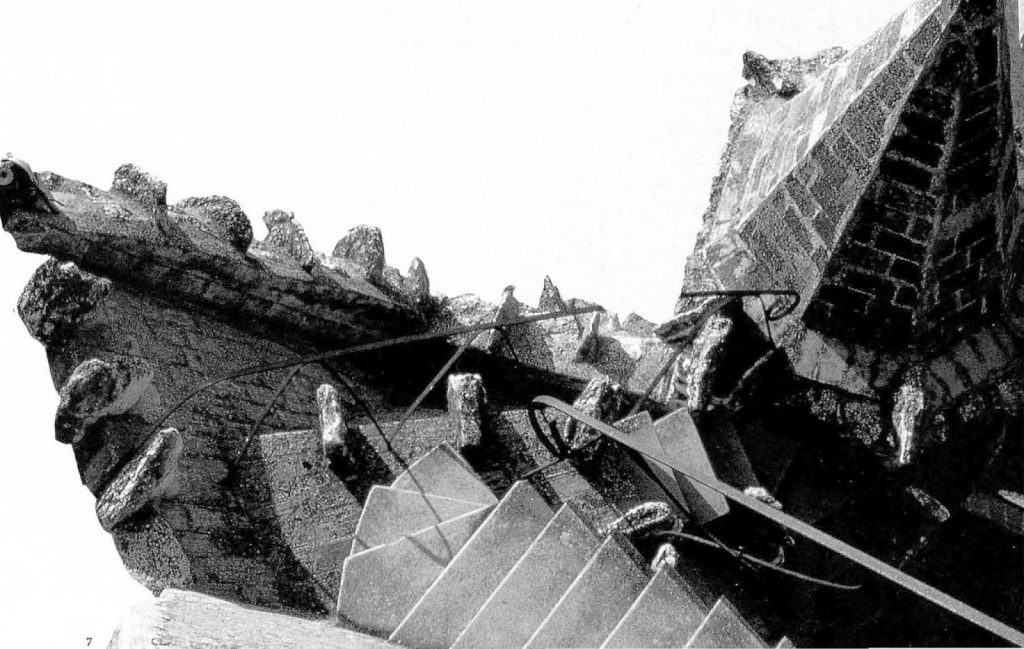
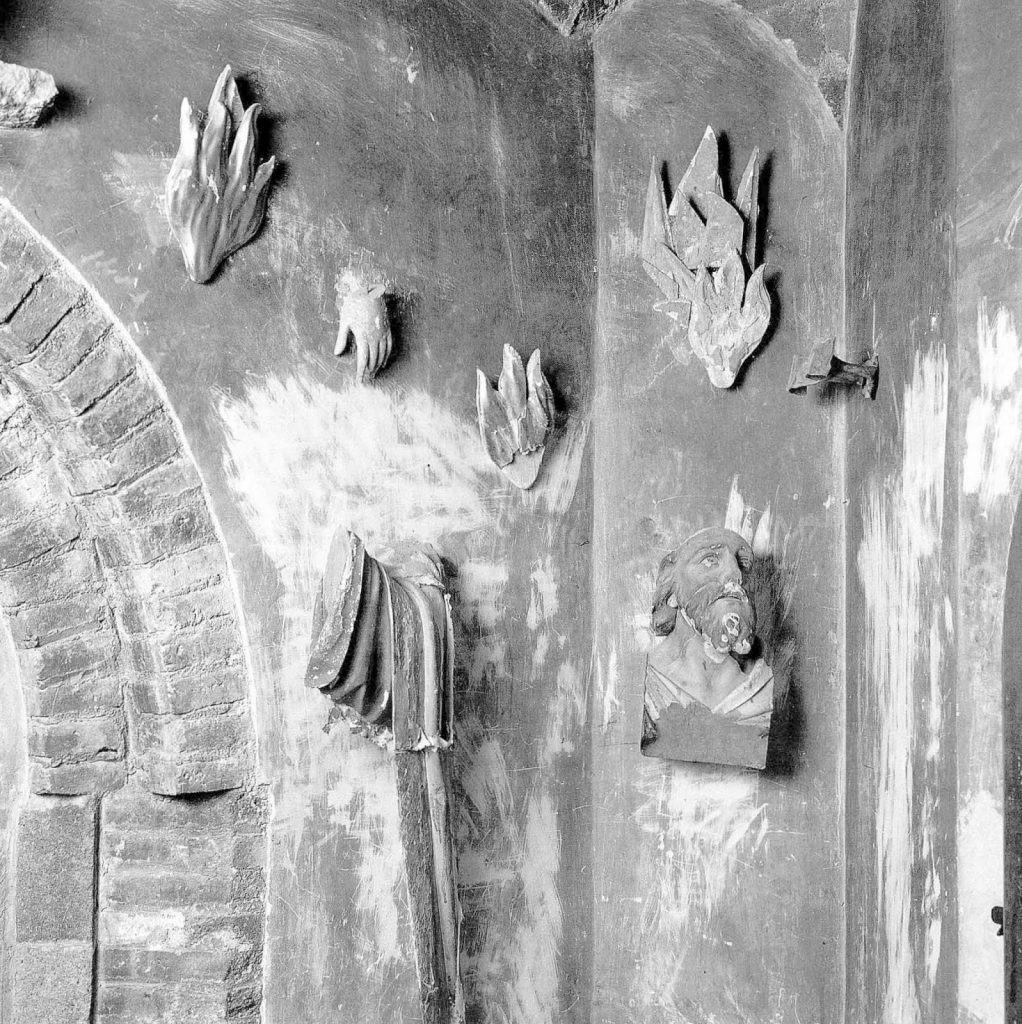
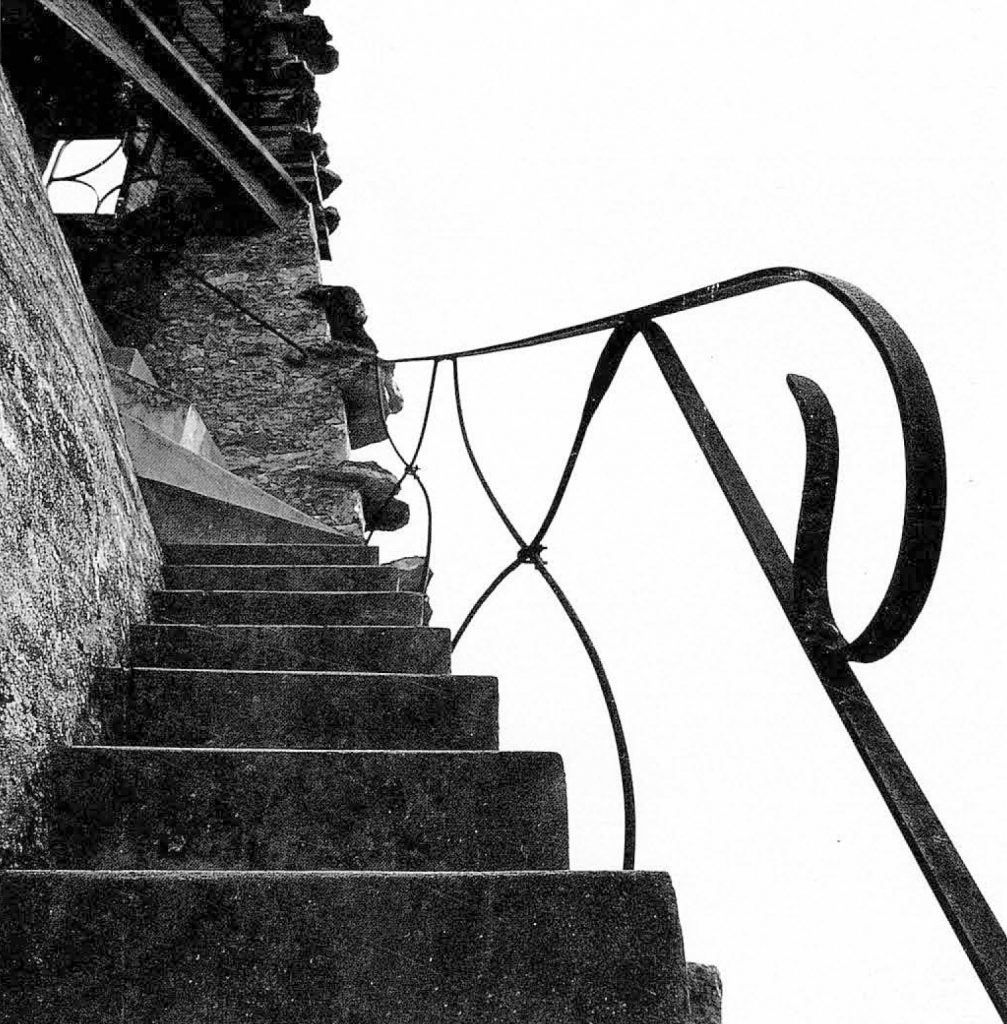
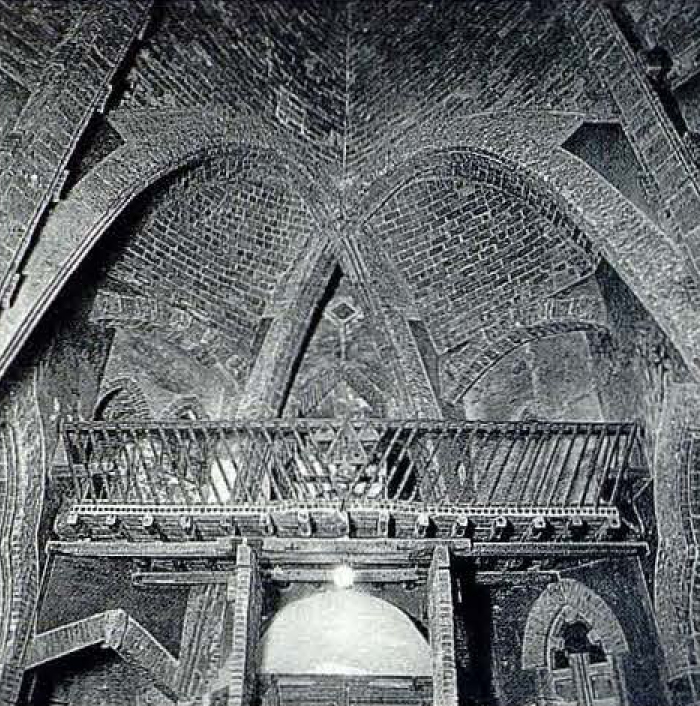
LAST NEWS